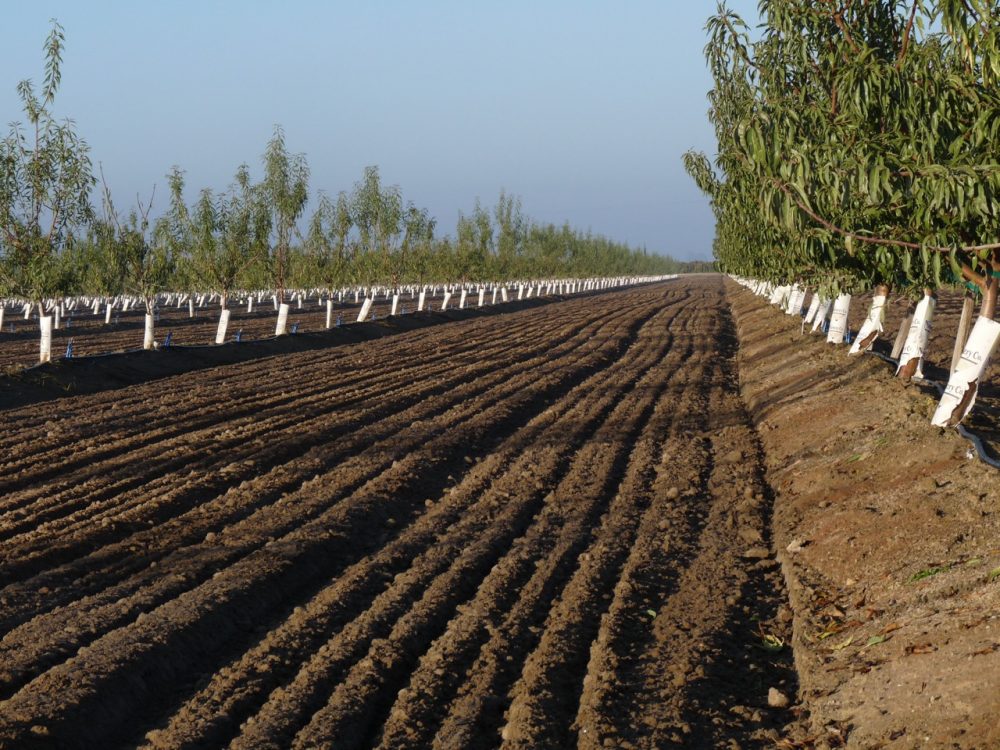Understanding Purpose of CV-SALTS Program
CV-Salts Aims to Develop Salinity and Nitrate Management
By Brian German, Associate Broadcaster
The Central Valley Salinity Alternatives for Long-Term Sustainability, known simply as CV-SALTS, is a collaborative program to develop sustainable salinity and nitrate management planning for the Central Valley.
Stephanie Tillman is a Soil and Agricultural Scientist for one of the agencies consulting on the project: Land IQ. The company is based in Sacramento and conducts science-based research in the agriculture industry. “We have a group of spatial scientists, or what is known as remote sensing and GIS specialists as well,” Tillman said.
Salinity problems can be very complex, especially when dealing with a large geographical area. CV-SALTS is a coalition of agriculture, city, industry and regulatory agencies working together to form a plan for managing salts and nutrients going forward. “When there’s diverse interests at the table, the potential for success of the regulations is increased because we do things that way and everyone comes to some kind of consensus,” Tillman said.
Salinity and nitrate concentrations are happening with greater frequency and magnitude all over California. As a response, the Central Valley Water Board, the State Water Board and other stakeholders began a joint effort to address those issues in 2006. “One of the really interesting and good outcomes of the CV-SALTS process has been all the technical work that’s been done…so we know a lot more now than we did before about the ambient conditions and the projected conditions,” Tillman said.
Tillman has worked as a soil and agricultural specialist for 15 years in California and other western states. She mentioned that they use remote sensing to gather their data, “which means we use imagery taken by satellites to help solve large-scale agricultural problems.”
The amount of data gathered throughout the process has also broadened the scope of the project from just salinity issues. “We also now know, through the Harter report and other studies, that we have a nitrate problem in the groundwater as well,” Tillman said.
One of the motivators behind getting the CV-SALTS program established was that, “in 2009, the state adopted the Recycled Water Policy, and when the state did that, it was required to write and adopt a salt and nutrient management plan. That includes salt, but it also includes other nutrients that impact groundwater quality,” Tillman said.
An unforeseen outcome of recycled water programs is the impact it has on water quality. “If you want to recycle water, it necessarily means that the quality will go down, and so those are conflicting policies that have to be dealt with in the context of CV-SALTS,” Tillman said.
Another driver behind CV-SALTS is the outdated language within current basin plans. “When they were written, the problems that we have surrounding salt accumulation were not as well understood. Therefore, the regulations that we have…are not adequate to address those problems,” Tillman said.
In 2008, the Central Valley Salinity Coalition was formed to organize, facilitate and fund the efforts needed to fulfill the goals of the CV-SALTS program. The CVSC is composed of many of the water quality coalitions throughout the Central Valley, along with public agencies, businesses, associations and other members. Collectively, the CVSC is working to advance the CV-SALTS effort by coordinating the meetings of the committees and managing various projects.
Most of the regulations that have come from the basin planning process have been drafted, but they are not yet final. The plans are projected to be adopted in June of 2018, leaving ample opportunity for formal and informal review, along with public comment throughout the next year. “Whenever the basin plans are opened up and changed, they are required to allow for public comment,” Tillman said.










